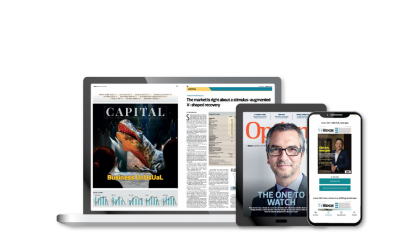SEE: Enterprise Singapore partners energy companies in innovation challenge for SMEs and startups
SEE: Growth in Singapore's non-oil domestic exports slows to 6% in July
Meanwhile, the National Cancer Centre Singapore, Singapore General Hospital, and Duke-NUS Medical School partnered with medical robotics firm Biobot Surgical, to develop SwabBot, a self-administered robot that automates the taking of Covid-19 swab tests. SwabBot helps to reduce healthcare workers’ risk of exposure to the virus and reduces the need for trained manpower. There is also growing partnerships with accelerators and venture funds. For example in the last three years, NHG and Trendlines Medical Singapore have partnered to spin off nine companies. And recently, they are renewing their partnership to co-develop innovative healthcare solutions in dermatology, infectious disease, population health, chronic diseases, ageing and rehabilitation. Elsewhere, an innovation centre under the NUHS and Asia Research & Innovation Alliance recently signed an MOU to set a $50-million VC fund and commercialisation programme. More interestingly, smart money is following, as seen by the pick-up in investments. For example, Doctor Anywhere raised US$27 million ($36.1 million) in their Series B round earlier this year with this round co-led by IHH Healthcare. The Alliance Healthcare Group acquired digital healthcare platform startup Jaga-Me in December 2019, while Mednefits raised $8 million in their Series A round from Berjaya Group in November. There is no shortage of start-ups and funding. Over the years, the number of Singapore biomedical companies have grown from 100 in 2014 to more than 330 in 2019. “For Singapore to be a vibrant and successful health and biomedical hub, it is important for healthcare providers, accelerators, VCs, start-ups in the ecosystem to be able to collaborate to address healthcare opportunities in Singapore and overseas. We are glad to see early fruits of such partnerships,” says Lok








.jpg)
.jpg)
_0.jpg)